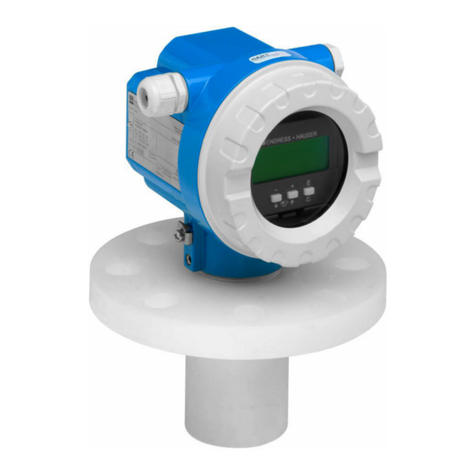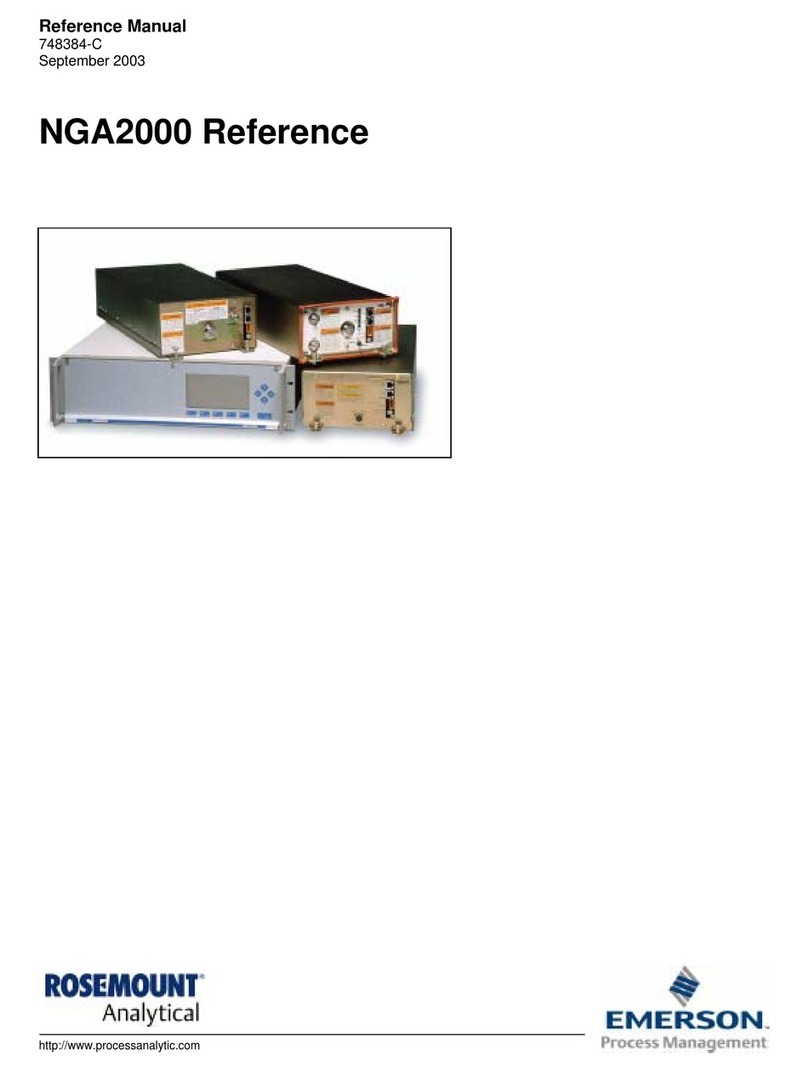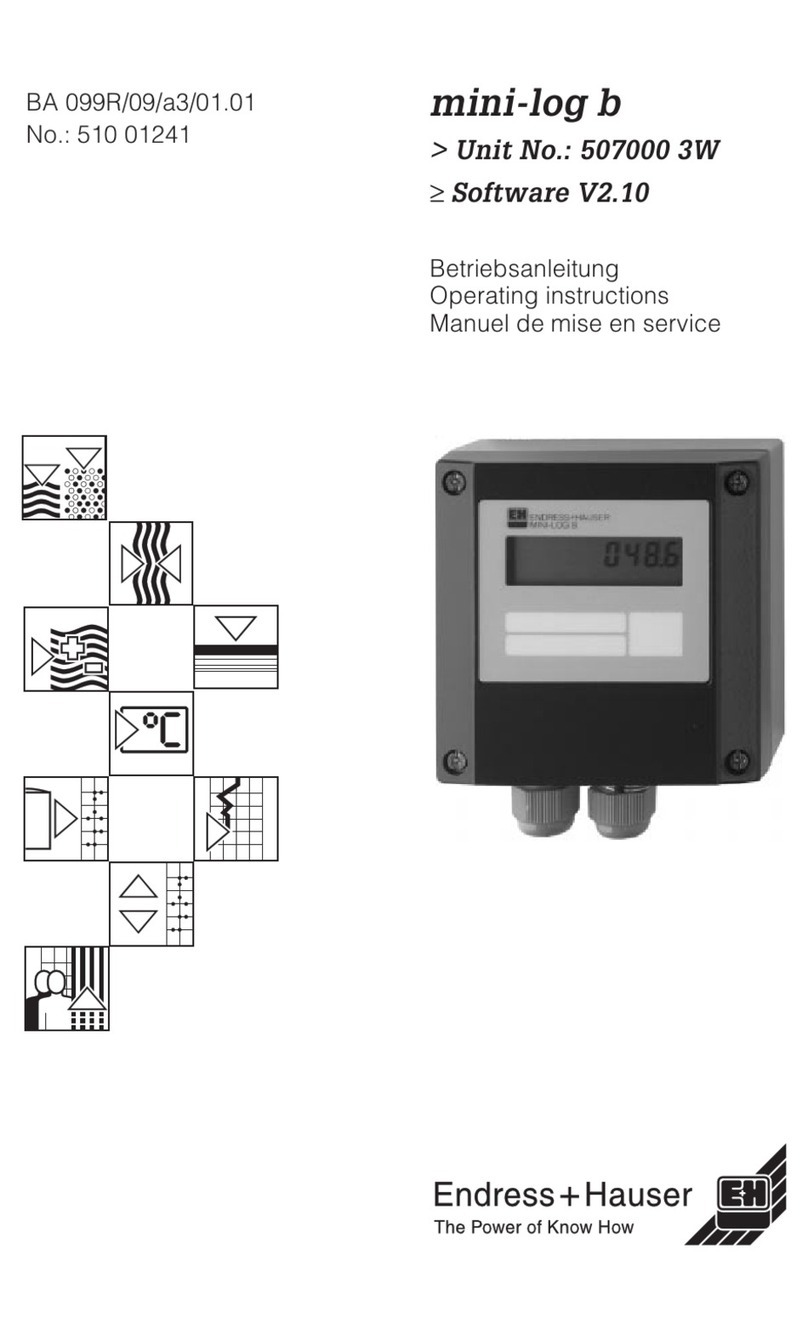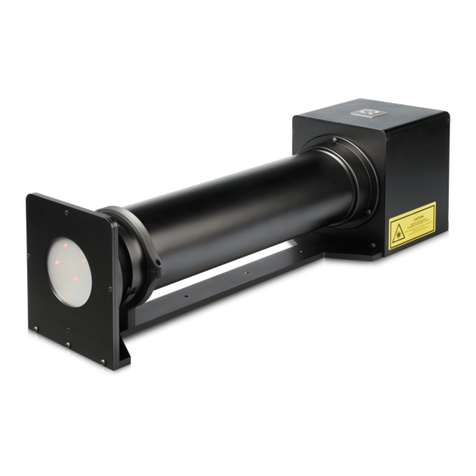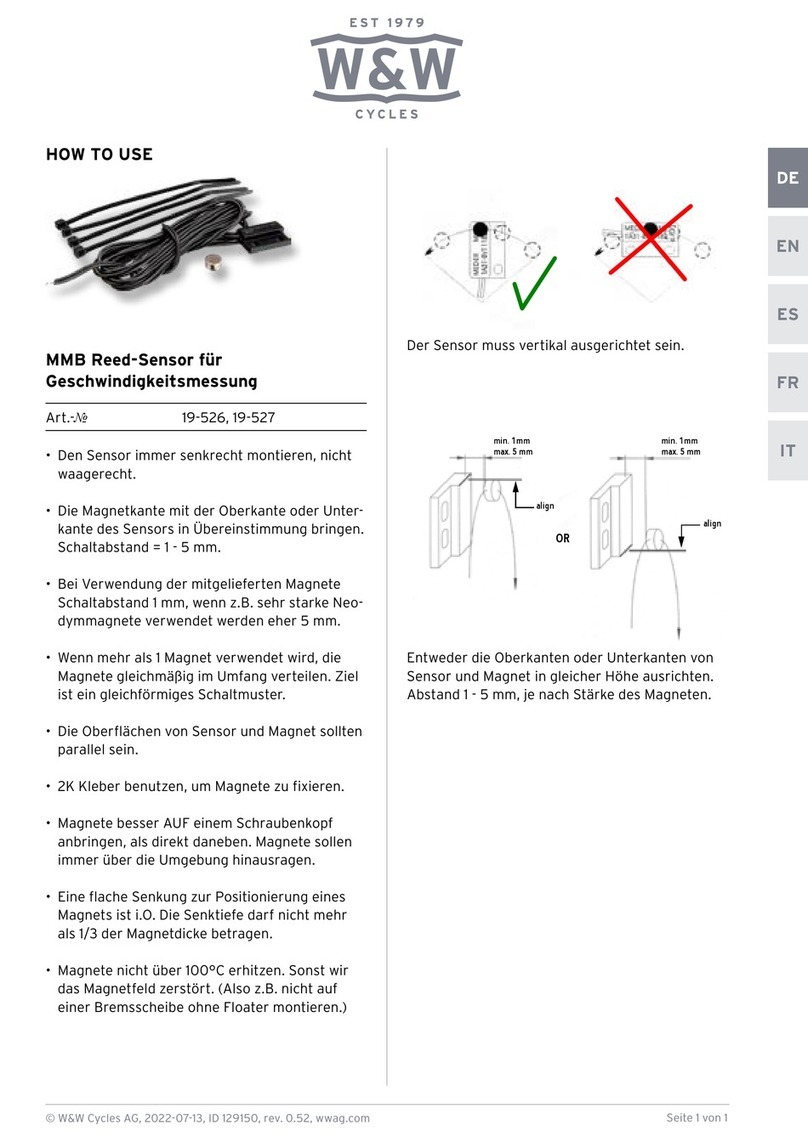Ekselans TSF-1 User manual

HD Field Strength Meter
TSF-1
240001
User’s Manual

2
TABLE OF CONTENTS
1 TSF 1 –USER MANUAL................................................................................................................... 4
1.1 Safety Instructions .............................................................................................................. 4
1.2 Contents.............................................................................................................................. 4
1.3 General Description............................................................................................................ 5
2. Main Menu ................................................................................................................................... 7
3.1 DVB-S2 ................................................................................................................................ 7
3.1.1 Satellite.................................................................................................................... 8
3.1.2 Local Frequency....................................................................................................... 8
3.1.3 Transponder............................................................................................................. 9
3.1.5 Symbol Rate............................................................................................................. 9
3.1.6 Polarity..................................................................................................................... 9
3.1.7 Tone ....................................................................................................................... 10
3.1.8 Beep Tone .............................................................................................................. 10
3.1.9 DiSEqC Mode ......................................................................................................... 10
3.1.10 DiSEqC & Input..................................................................................................... 11
3.1.11 Quick Search ........................................................................................................ 11
3.2 Spectrum .......................................................................................................................... 13
3.2.1 Satellite Spectrum.................................................................................................. 13
3.2.2 Terrestrial Spectrum .............................................................................................. 14
3.3 DVB-T2.............................................................................................................................. 16
3.3.1 Country Settings .................................................................................................... 16
3.3.2 Channel Number.................................................................................................... 16
3.3.3 Frecuency............................................................................................................... 16
3.3.4 Bandwidth.............................................................................................................. 17
3.3.5 Mode ..................................................................................................................... 17
3.3.6 LCN......................................................................................................................... 17
3.3.7 Beep Tone .............................................................................................................. 17
3.3.7 Antenna Power Supply .......................................................................................... 17
3.3.8 Antenna Power Supply (activation/deactivation).................................................. 17
3.4 Optical power ................................................................................................................... 19

3
3.5 Miscellaneous................................................................................................................... 19
3.5.1 Program information ............................................................................................. 20
3.5.2 Channel.................................................................................................................. 20
3.5.3 EPG......................................................................................................................... 21
3.5.4 Film, Music and Photographs Options................................................................... 21
3.5.5 Satellite Settings .................................................................................................... 21
3.5.6 Auto scan ............................................................................................................... 22
3.5.7 Transponder........................................................................................................... 22
3.6 System Settings................................................................................................................. 22
3.6.1 Country Settings .................................................................................................... 23
3.6.2 OSD Language........................................................................................................ 23
3.6.3 TV Format .............................................................................................................. 23
3.6.4 Video Output ......................................................................................................... 23
3.6.5 TV Resolution......................................................................................................... 23
3.6.6 Digital audio output............................................................................................... 23
3.6.7 Time Zone .............................................................................................................. 23
3.6.8 Channel lock .......................................................................................................... 23
3.6.9 Measurement Unit ................................................................................................ 23
3.6.10 Speaker ................................................................................................................ 24
3.6.11 Flashlight.............................................................................................................. 24
3.6.12 12V....................................................................................................................... 24
3.6.13 Keyboard Light..................................................................................................... 24
3.6.14 Location Settings.................................................................................................. 24
3.6.15 Improvement (firmware update)......................................................................... 24
3.6.16 Default Values...................................................................................................... 24
4 TECHNICAL CHARACTERISTICS..................................................................................................... 25

4
1 TSF 1 –USER MANUAL
1.1 Safety Instructions
Thank you for having chosen this product. It is recommended to you carefully read the following safety instructions prior to
use:
■Please carefully read this manual prior to using the equipment for the first time
■When the equipment switches suddenly from a warm to a cold temperature area, certain problems may appear due to
the sudden change in temperature. In this case turn the meter off and turn on again after 1 - 2 hours
■Keep the equipment in clean and well ventilated areas
■Do not cover or place the meter next to or on heat sources
■Clean the meter with a soft cloth or rag
■Under no circumstances whatsoever remove the plastic shell casing from the meter
■Do not expose the meter for long periods to extreme sources of heat or cold, or excessive humidity
■Do not wet the meter
WARNING: the instructions refer to the firmware version installed on the meter at the time of purchase. The right to make
modifications and improvements as regards the firmware without prior notice is hereby reserved.
1.2 Contents
Open the box and check that the following accessories are included:
1. Field strength meter
2. Silicone protection
3. Battery
4. Charger - feeder
5. 12Vdc in-car charger
6. DC out power cable
7. HDMI-HDMI Cable
8. Cable jack –3xRCA for A/V input and output
9. BNC –RCA Adapter
10. F female –F quick-connect male adapter
11. Optical fibre adapters (x2)
12. Fixed Attenuator
13. User Manual
14. Carrying bag

5
1.3 General Description

6
No.
Description
Function
1
DC Connector
Power supply to/charges the meter
2
ON/OFF Button
Turns on and off the meter
3
AV Output
Connects the meter to a monitor via an analogical A/V
4
HDMI Output
Connect s the meter to a monitor via the HDMI
5
USB Port
Connects data memory
6
HDMI Input
Connects the meter to an external source via the HDMI
7
AV Input
Connects the meter to an external source via the analogue A/V
8
12V DC Output
12V DC Output to supply power to an external device
9
Optical Fibre Connector
Connects an optical device
10
Speaker
Built-in speaker
11
SAT Input
Connect cable for DVB-S / DVB-S2 measurements
12
Flashlight
LED Flashlight
13
TER Entry
Connect cable for DVB-T / DVB-T2 measurements
14
PW
LED power on indicator
15
22KHZ
22 KHz LED tone indicator
16
13V/18V
13Vdc / 18Vdc LED power on indicator
17
LOCK
Signal locked LED indicator for carrying out measurements
18
12V
12Vdc LED power on indicator
19
CHG
LED charge indicator
20
F1-F4
Ancillary functions
21
MENU
Access the main menu or return to the previous menu
22
EXIT
Exiting the menu saving the configuration
23
Arrow keys and menu navigation
24
INFO
Displays the status of the channel or program information displayed
25
MUTE
Activates / deactivates audio
26
TTXT (red button)
Accesses teletext (plus additional colour functions in each menu)
27
SUBT (green button)
Activates / deactivates subtitles
28
EPG (blue button)
Changes the audio channel of a program
29
TV/R (orange button)
Switches from a television program to a radio program
30
Numbers 0 through 9
Channel or program selection
31
SCAN
Program Search
32
AV-S
Activates / deactivates AV (7) or HDMI (6) input

7
2. Main Menu
Pressing the MENU button to access the main menu which is shown as follows:
To scroll through the menu options, use the arrow keys▲▼◄► and confirm the selected choice pressing the OK button.
3.1 DVB-S2
To access this section, select the DVB-S2 option and press the OK button. The following screen will appear:
33
Indicates battery level
34
Screen
LCD Screen

8
To scroll through the menu options, use the arrow keys ▲▼and confirm the selected choice pressing the OK button. Scroll
downwards using the arrow key ▼until reaching the second screen within the DVB-S2 menu with the following options:
3.1.1 Satellite
Press the arrow key ►to access the pre-programmed satellite list. Using the arrow keys▲▼one can stroll through the
various satellites available. Press OK to select the desired satellite.
3.1.2 Local Frequency
Using the arrow key ►one can access the list of the LNB types which can be used. Select the option for the installation in
question via the arrow keys ▲▼and press OK.

9
3.1.3 Transponder
Using the arrow key ►one access the pre-programmed transponders list of the selected satellite. Select the option to be
used in the installation via the arrow keys ▲▼and press OK.
3.1.4 Frequency
In the event of wishing to enter a certain frequency, enter the value in the MHz through the numerical keys of the keypad.
3.1.5 Symbol Rate
To change the symbol rate of the signal, enter the value using the numerical keys of the keypad.
3.1.6 Polarity
To change the polarity (V = Vertical / H = Horizontal) use the arrow keys ◄►.

10
3.1.7 Tone
Press the arrow keys ◄►to activate or deactivate the 22 KHz tone.
3.1.8 Beep Tone
Press the arrow keys ◄►to activate or deactivate the "beep" tone. If activated, the meter will beep when accessing the
Quick Search satellite screen once that access has been detected.
3.1.9 DiSEqC Mode
Select using the arrow keys ◄► the DiSEqC selector switch type if necessary: DISEQC 1.0/DISEQC 1.1/ Unicable (for LNBs
SatCR).

11
3.1.10 DiSEqC & Input
In the event of selecting the DiSEqC 1.0/1.1, using the arrow keys ◄►one can select the port number. In the event of
selecting the Unicable option, the selection will change and using the arrow keys ◄► the "IF Channel" SCR Channel and
centre frequency of each can be selected.
3.1.11 Quick Search
From any of the above options, pressing the OK button one can access the "Quick Satellite Search" function, a screen as
shown below will be displayed which includes the comprehensive digital quality measurement (power, CN, BER and MER)
values.
IMPORTANT NOTE: The equipment can measure up to 100dBμV. When measuring power values to the output of a main
amplifier, it is necessary to add the supplied fixed attenuator to the input of the meter.
Specifying the latitude and longitude in the general menu options of the equipment (See Section 3.6.14 of this

12
manual), the orientation and the elevation of the satellite will appear on the top right hand corner of this screen. This can
be useful when installing the antenna.
From this screen one can access the various submenus by pressing the coloured buttons on the keyboard:
■TP Scan: Press the red button to scan the current transponder programs.
■Auto-Scan: Press the green button to search for all satellite channels targeted (the search will be based on the transponders
included in the meter's database).
■S/Q: press the orange button to access the following screen which shows the power and quality of the signal measurement.
■Constellation: press the blue button to access the representation of the constellation of the selected transponder.

13
3.2 Spectrum
Through this option one can access the satellite and terrestrial signals spectrum analyser.
Select the desired option from the two possible options.
3.2.1 Satellite Spectrum
Using this option the satellite spectrum can be displayed. Once selected the following satellite options screen will appear.
On this screen one can directly set the specific transponder parameters to be displayed and to measure the access to the
spectrum. In the event if one wishes to display the selected satellite spectrum via the DVB-S2 option from the main menu,
simply press the OK button to directly access it without needing to change any of these options.
To find a transponder in particular, select the desired values in the various options which are displayed:

14
Satellite: selection of the desired satellite from the pre-configured meter list
Local Frequency: selection of the local oscillator of the LNB
DiSEqC Mode: selection of the DiSEqC or LNB SatCR (Unicable) selector switch if available
Transponder: selection of transponder which is desired to be represented in the spectrum directly
Centre Frequency: frequency of the transponder selected in the previous option
Polarity: Indication of the polarity which belongs to the selected transponder
Tone: activation of the 22 KHz tone
DiSEqC 1.0 and 1.1: selection of the DiSEqC values if any
IMPORTANT NOTE: Once the values are selected, press OK from any option so as to bring up the spectrum.
In the spectrum:
Press horizontal arrow keys◄► to scroll through the frequencies
Press the red button to change the bandwidth (150 MHz, 600 MHz and complete spectrum - full)
Press the green button to change the polarity (Vertical / Horizontal)
Press the orange button to activate or deactivate the 22KHz tone.
Press the blue button to select the frequency representation mode (RF for the satellite or IF for the intermediate frequency)
Positioning the marker on a transponder and pressing the OK button, a search of the programs of the transponder in question
shall be performed. Once the programs are displayed, press the Info button to obtain additional information as regards both
the program as well as the digital quality of the selected transponder.
3.2.2 Terrestrial Spectrum
By selecting this option, the spectrum of the terrestrial band is displayed directly. To scroll the marker through the different

15
channels / frequencies in the band, use the horizontal scroll arrow keys ◄►.
Press the red button to change the bandwidth of the spectrum display.
Press the green button to magnify the representation of a particular multiplex.
Press the orange button so as, once a multiplex is selected, lock its screen and display all digital measurement values (power,
CN, BER and MER).

16
Press the blue button to scan the selected multiplex and download the programs contained in it. Once finished, the
download the first program of the multiplex is displayed. Once the channel is displayed, pressing the info button twice, the
information as regards both of the selected program and the quality of the multiplex in question will be displayed.
3.3 DVB-T2
To access this section, select the DVB-T2 option and press the OK button. The following screen will appear:
3.3.1 Country Settings
Using the arrow keys ◄►select the desired country.
3.3.2 Channel Number
Using the horizontal scroll arrow keys◄► select the specific terrestrial channel which is to be measured.
3.3.3 Frecuency
This displays the centre frequency of the terrestrial channel selected in the previous option. The frequency value in MHz

17
may be changed using the numeric keypad on the meter.
3.3.4 Bandwidth
Using the scroll arrow keys◄►one can select the transponder bandwidth to be measured (5 / 6 / 7 / 8 MHz).
3.3.5 Mode
Select using the arrow keys◄► the digital terrestrial television standard: DVB-T, DVB-T2 or both in the event that in the
spectrum the multiplex of both standards is found.
3.3.6 LCN
Activation and deactivation of the LCN (Logic Channel Number) system. This option can be always activated.
3.3.7 Beep Tone
Using the arrow keys ◄►select the activation (ON) or deactivation (OFF) of the “beep” tone. If the ON is selected a beep
on the quick channel scan screen will be emitted.(Point 3.3.10).
3.3.7 Antenna Power Supply
Select using the horizontal scroll arrow keys ◄►the power voltage of the active terrestrial antenna or signal preamplifier
(5 V / 12 V / 24 V).
3.3.8 Antenna Power Supply (activation/deactivation)
This option is used to activate or deactivate the power supply of an antenna or a signal preamplifier. The voltage sent by the
meter shall be as specified in the preceding point.
3.3.10 Quick Search
From any of the above options, pressing the OK button one can access the "Quick Search" function, the following screen will
be displayed which includes the comprehensive digital quality measurement values:
IMPORTANT NOTE: The equipment can measure up to 100dBμV. When measuring power values to the output of a main
amplifier, it is necessary to add the supplied fixed attenuator to the input of the meter.

18
■Scan: Press the red button to search the programs of the selected terrestrial multiplex.
■Auto-Scan: press the green button to perform a search of all programs in the terrestrial spectrum.
■S/Q: press the orange button to access the following screen which shows the power and quality of the signal of the
selected terrestrial multiplex.

19
■Constellation: Press the blue button to access the representation of the constellation of the selected terrestrial multiplex
3.4 Optical power
This menu allows one to measure the power of an optical signal. To that end, it will be necessary to specify the wavelength
of the signal.
The power value can be displayed in W or dBm.
3.5 Miscellaneous
In this menu option there are several additional options offered by the meter. By selecting this option the following screen
will be displayed:

20
3.5.1 Program information
This option provides comprehensive information on the terrestrial TV programs downloaded via the DVB-T2 option menu as
well as the digital quality digital values of the multiplex belonging to the selected program at any given moment.
3.5.2 Channel
This option displays all television programs downloaded into the meter. The image as well as the PID audio values and current
PID video are displayed.
Table of contents
Popular Measuring Instrument manuals by other brands

Dakota Digital
Dakota Digital MCL-3212 manual
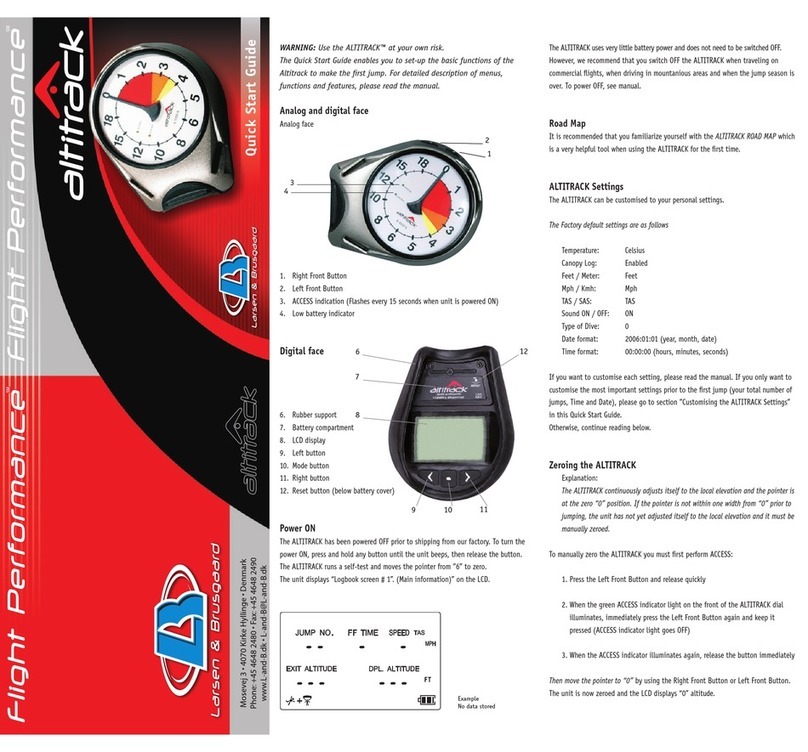
Larsen & Brusgaard
Larsen & Brusgaard ALTITRACK quick start guide
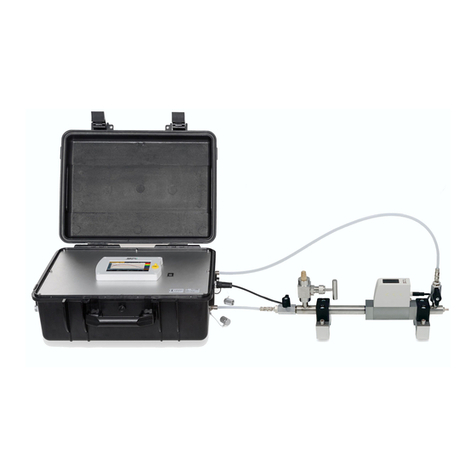
SUTO iTEC
SUTO iTEC S600 Instruction and operation manual

LOVATO ELECTRIC
LOVATO ELECTRIC DMED301 instruction manual
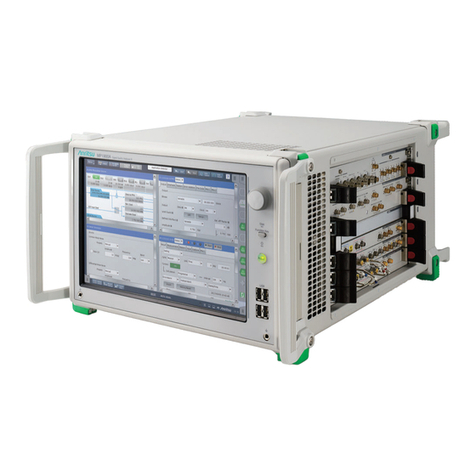
Anritsu
Anritsu SQA-R MP1900A manual
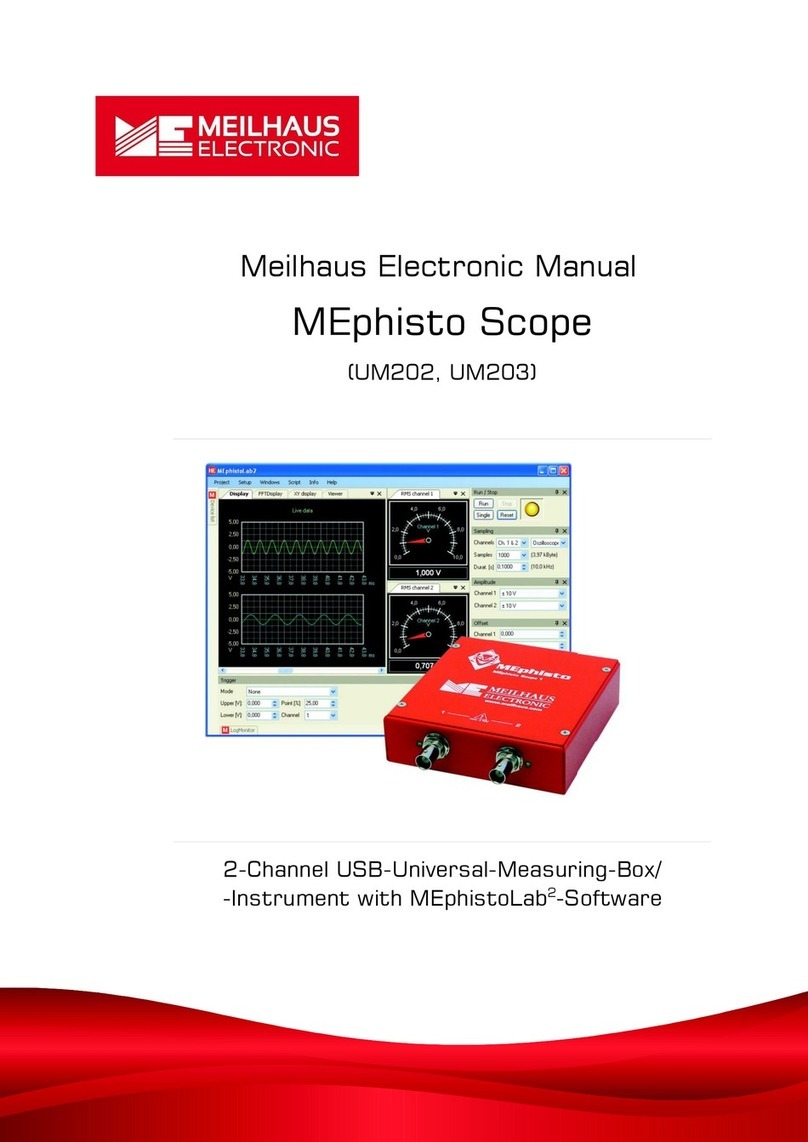
Meilhaus Electronic
Meilhaus Electronic MEphisto Scope manual
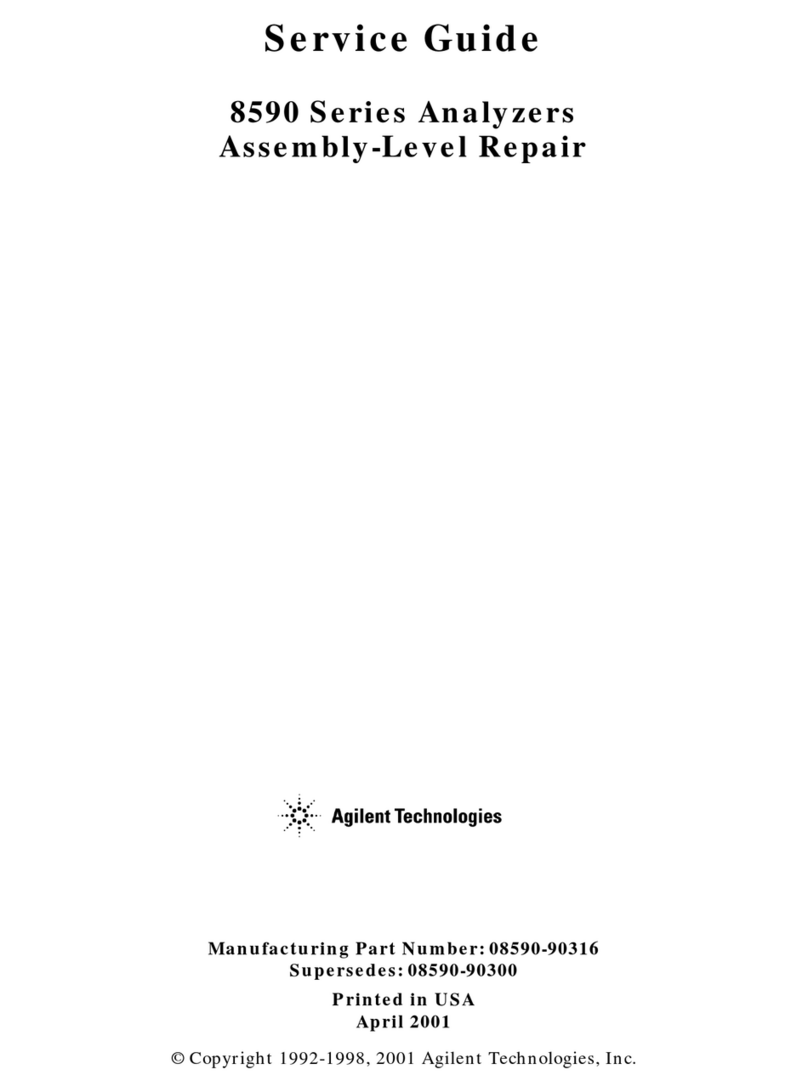
Agilent Technologies
Agilent Technologies 8590 Series Service guide

Bushnell GOLF
Bushnell GOLF Tour V5 owner's guide
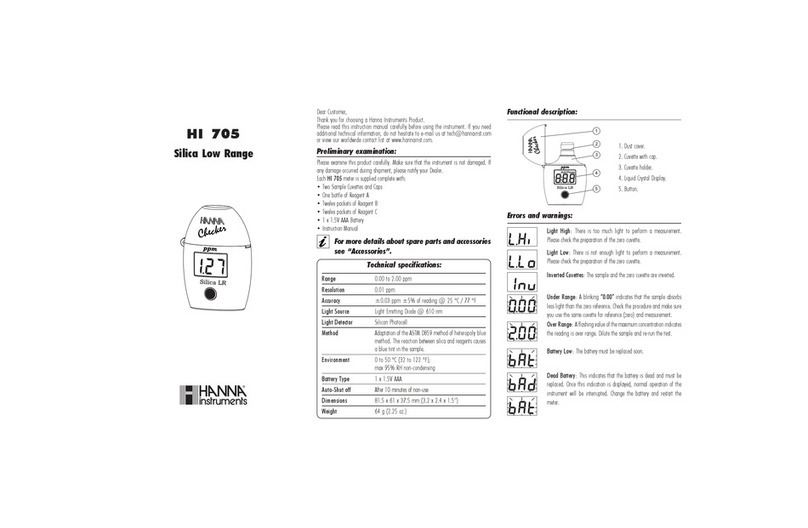
Hanna Instruments
Hanna Instruments HI 705 instructions
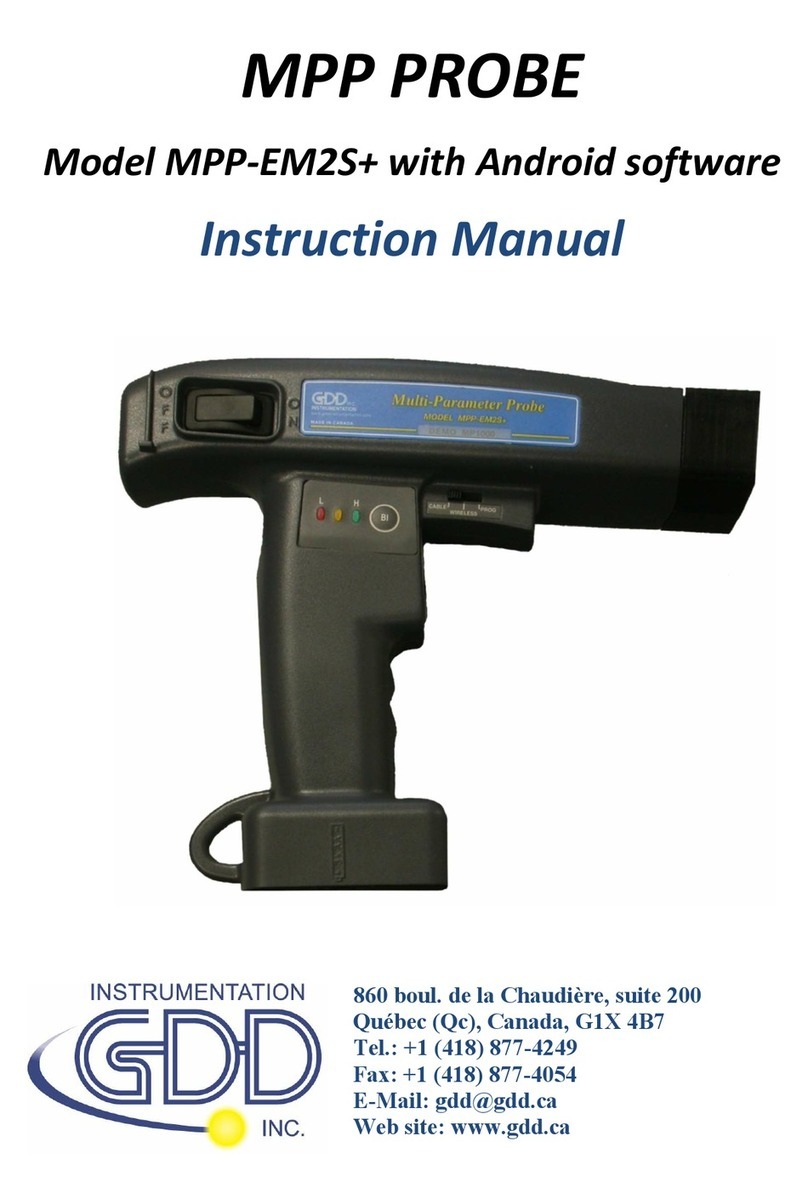
GDD Instrumentation
GDD Instrumentation MPP-EM2S Plus instruction manual
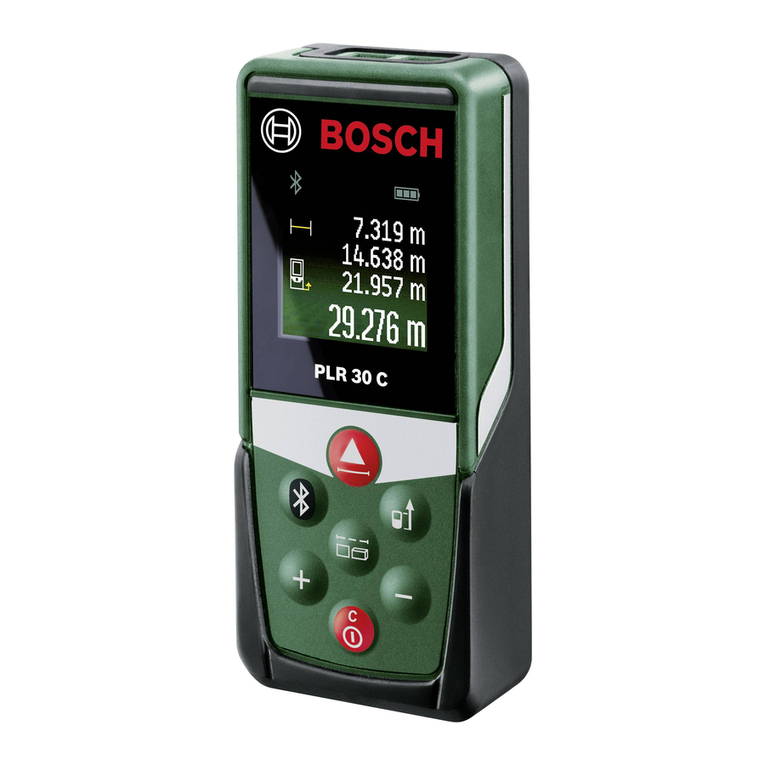
Bosch
Bosch PLR 30 C Original instructions
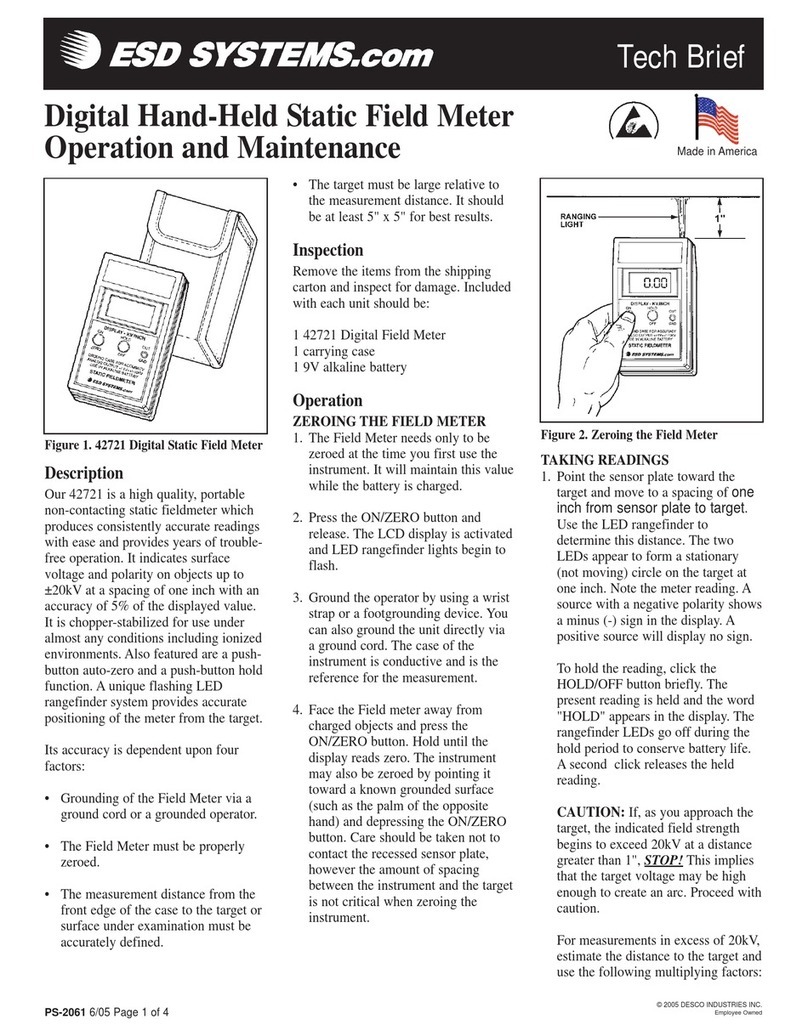
ESD
ESD 42721 Operation and maintenance
